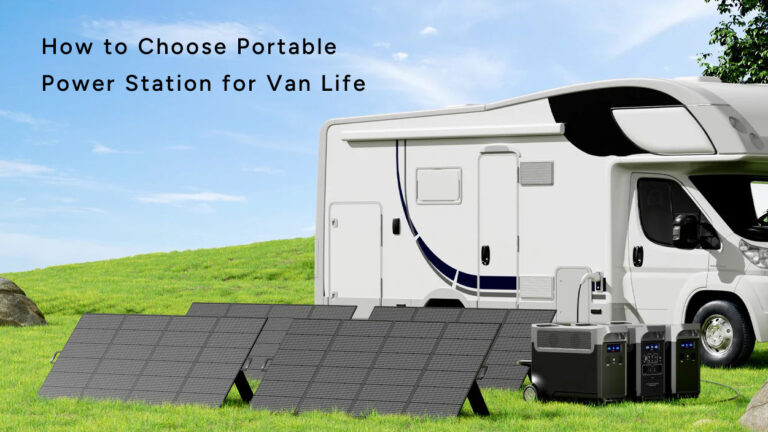6 Stylish Wall Finishes to Transform Your Space, Pros, Cons, and How to Choose the Best Fit for Your Home

When designing any interior space, the walls are among the first and most important elements to consider. The right wall finish doesn’t just define the style of a room, it also impacts durability, maintenance, and the overall mood of your home.
In this article, we’ll walk you through 6 popular wall finishing options. From the textures you see to the atmosphere you feel, the materials you choose for your walls can completely shape the vibe of a space. We’ll explore options like paint, wallpaper, and tiles — each with its unique style, strengths, and things to consider before choosing the right one for your home. Whether you’re aiming for modern minimalism, rustic charm, or a bold statement wall, we’ll help you make stylish and practical decisions while avoiding common mistakes.
✻ This page may contain affiliate links. If you purchase through these links, we may earn a commission at no extra cost to you. As an Amazon Associate, we earn from qualifying purchases. We only recommend products we believe will add value to our readers.
1. Wallpaper: A Versatile and Affordable Choice
Wallpaper is a popular option for many homes thanks to its wide variety of patterns and easy installation. Non-woven wallpaper is breathable and eco-friendly, making it perfect for bedrooms and living rooms. PVC wallpaper is waterproof and durable, making it a great choice for kitchens and bathrooms. For a natural feel, pure paper wallpaper with textured patterns works well in study rooms.

Style Tips:
- For a Scandinavian look, go for geometric patterns with soft, muted colors.
- For a touch of luxury, opt for metallic finishes or marble patterns to instantly elevate the space.
Installation Tips: Make sure the wall is smooth and crack-free before applying the wallpaper. In humid areas, choose a mildew-resistant version to avoid peeling edges later on.
Pros
Cons
2. Wall Paint: The Perfect Blend of Aesthetics and Technology
Wall paint is not just the background color of a space — it’s a smart choice that combines both art and technology. With a carefully curated color system, it can create a calming home atmosphere with soft, low-saturation shades like the Morandi palette, or add personality with vibrant, high-purity colors like Klein Blue to create a striking, artistic feature wall. This allows homeowners to define the mood of their space based on their preferences.
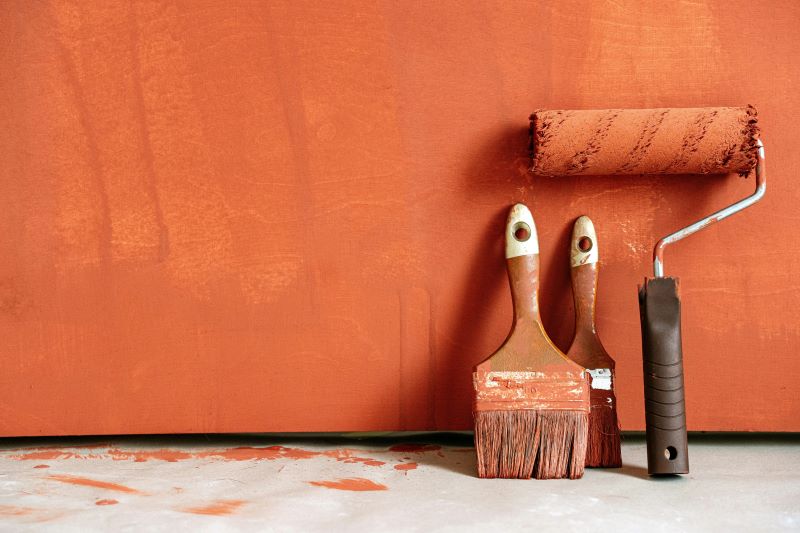
In terms of functionality, modern wall paints go beyond traditional limits:
- Nano-level protective technology achieves a 99% formaldehyde purification rate.
- The micro-pore breathable structure allows the paint to regulate humidity, adding an ecological element to the walls.
- The stain-resistant coating can resist everyday marks like coffee stains or children’s drawings, while built-in antibacterial agents form a 24-hour protective barrier for a healthier living environment.
This combination of visual language and functional features transforms the walls from just a decorative element into an intelligent interface that “breathes” and quietly preserves the quality and health of modern life.
Most wall paints, including latex paint (a popular type of wall paint), are easy to apply yourself, which makes the renovation process more flexible and personal. Whether you prefer a minimalist style or bold, bright walls, you can simply buy the paint and start rolling, all without the need for professional help. This gives you complete control over your space’s look, letting you paint walls according to your own style and preferences.
Style and Color Tips:
- Terracotta Brown (Pantone 18-1440) is warm and soothing, perfect for living rooms.
- Glacier Gray (Pantone 14-4202) feels fresh and elegant, ideal for a study or bedroom.
For a more creative look, artistic paints can replicate effects like cement or rusted metal, while diatomaceous earth paint helps with moisture regulation, making it great for spaces like basements.
Pros
Cons
3. Fabric Wall Coverings: Seamless Style with a Luxury Feel
Fabric wall coverings (also called wall fabrics or textile walls) offer a more upscale look than wallpaper. Materials like silk bring a soft natural shine, perfect for accent walls in living rooms. Embossed fabric adds texture and depth, making it a great match for elegant or European-inspired interiors. One of the biggest advantages is the seamless installation, which means no visible joins — so there’s less dust buildup and no risk of cracking along the edges. They also tend to last longer, usually 10 to 15 years.

Style Tips:
- For a modern luxe look, go with matte, solid-colored fabric.
- and you can choose designs with embroidery or landscape patterns for a more traditional or Asian-inspired style,
Installation Notes: These usually require a special eco-friendly adhesive, and removing them later might damage the wall underneath — so it’s best left to the pros to install.
Pros
Cons
4. Stone and Tile Walls: Timeless Beauty with Natural Texture
Tiles aren’t just for floors anymore — more and more people are using them creatively on walls to add texture and visual interest. Small-format tiles can be laid in herringbone or chevron patterns to create a vintage vibe. For something more modern, gradient layouts using tiles in varying shades of the same color can add depth and dimension to a room.
When it comes to stone wall finishes, it’s not just about tiles — natural options like marble and granite are also loved for their elegant look and long-lasting quality. These stones have unique, natural patterns and give off a solid, high-end vibe that can instantly elevate any space.
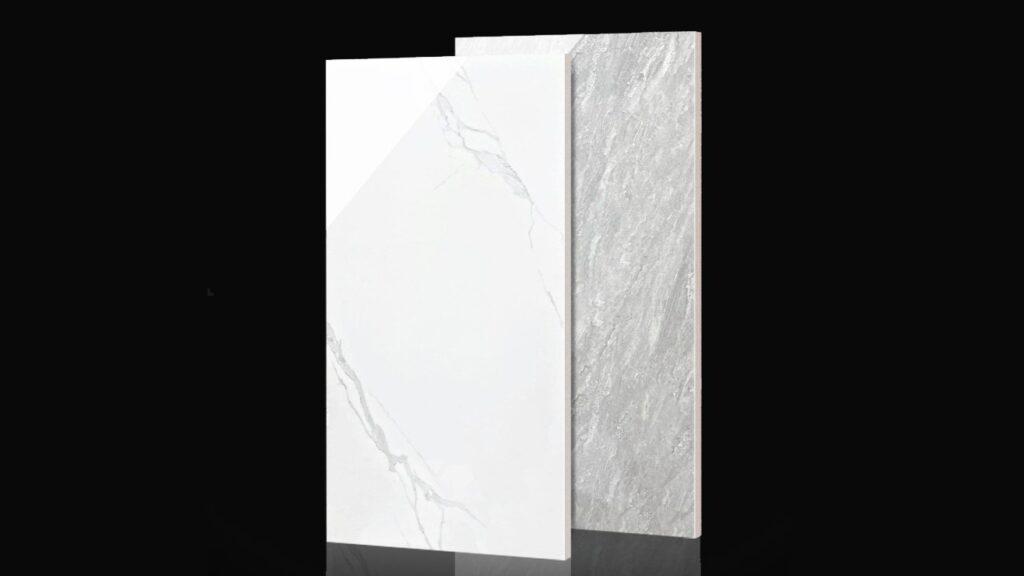
That said, using real marble or granite on walls is actually pretty rare — the materials are expensive, heavy, and require very strict polishing and installation conditions. These days, a much more popular option is engineered stone panels, made from crushed marble mixed with resin. They’re lightweight, moisture-resistant, crack-proof, and completely radiation-free. You can easily find them at most home improvement stores or even online.
Style tips, Where to Use What:
- In the kitchen, glazed tiles that resist oil and stains are your best bet.
- For bathrooms, go with matte, non-slip tiles for safety.
- While traditional stone walls were mostly used in kitchens and bathrooms, more and more people are now using ceramic tiles or engineered stone on walls in their living rooms as well. It’s a great way to make the space look sleek and stylish, and it’s really easy to maintain.
Pros
Cons
5.Wooden Wainscoting: The Balance of Elegance and Functionality
Wainscoting serves both decorative and protective purposes, commonly used in classic American styles with full-wall designs (2.4m high) or in minimalist Japanese styles with half-wall designs (1.2m high). While solid wood provides the best texture, it comes at a higher price, whereas MDF (Medium-Density Fiberboard) offers a more cost-effective alternative. In addition to its aesthetic appeal, wainscoting can be integrated with lighting strips or used to hide pipes and wires, improving the overall tidiness of the space.
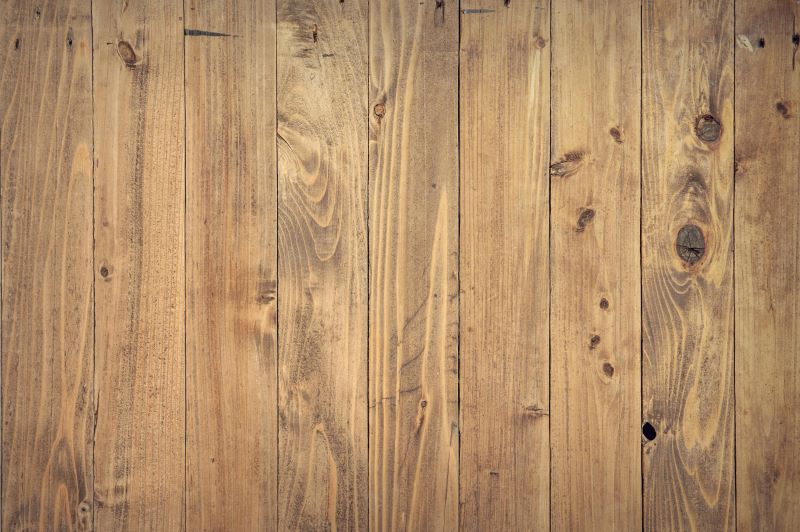
Application:
Wooden wainscoting is particularly popular in living rooms, dining rooms, and hallways, where both decoration and durability are important. It’s also seen in high-end residential homes, hotels, and lounges, and is becoming more common in bedrooms and studies to create a warm, inviting atmosphere.
Style and Design Tip:
For a classic look, opt for traditional ornate patterns in wood, or, if you prefer a modern touch, choose simpler, straight-line designs. For those exploring an industrial style, consider wooden wainscoting with natural wood grains combined with metal elements to create a striking contrast.
Pros
Cons
6. Integrated Wall Panels: The High-Tech Solution for Fast Installation
Integrated wall panels have become a popular choice in modern renovations, thanks to their core features of quick installation and environmental friendliness. These panels are made from materials like plastic or PVC and can be installed directly on bare walls, eliminating the need for steps like applying putty, which reduces the installation time by up to 70%.
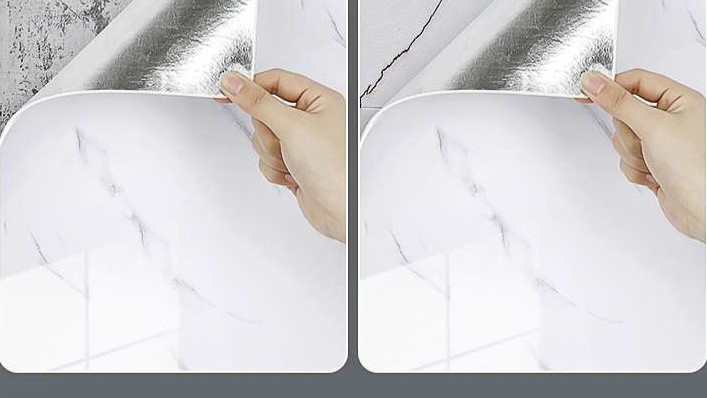
They come in various designs, including wood grain and stone textures, making them ideal for contemporary minimalist interiors. Integrated wall panels are especially suitable for home renovations or spaces like kitchens and bathrooms, or for families seeking a quick and hassle-free installation process.
- Plastic and PVC Integrated Wall Panels: These materials are lightweight, water-resistant, and easy to clean. While affordable and durable, they can sometimes have a slightly artificial look compared to natural materials.
- Aluminum Alloy Integrated Wall Panels: These panels feature an aluminum layer with a soundproof foam layer underneath, offering fire and water resistance. However, their metallic material may block WiFi signals, and they are prone to dents and marks from impacts.
- High-Polymer Integrated Wall Panels: Known for their corrosion resistance, these are ideal for high-end residences, although their price is comparable to solid wood.
Installation Tips:
- Leave a 5-8mm expansion gap during installation.
- Use specialized edge strips to finish corners and seams.
While these integrated wall panels may be less commonly found in local stores, they are still available on many B2B platforms and e-commerce websites in China, where you can find various options.
Pros
Cons
Summary
When it comes to wall finishes, both practicality and aesthetic appeal need to be considered. If you’re on a budget, wallpaper or wall paint are great options. For those seeking higher quality, fabric wall coverings or wainscoting are worth considering.
For functional spaces like kitchens and bathrooms, tiles or integrated wall panels should be the priority. No matter which option you choose, proper surface preparation and attention to installation details are the key to ensuring a smooth, flawless finish!


